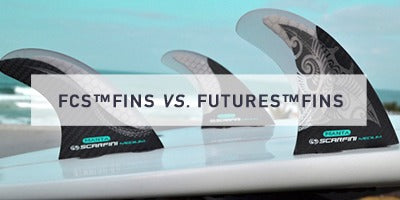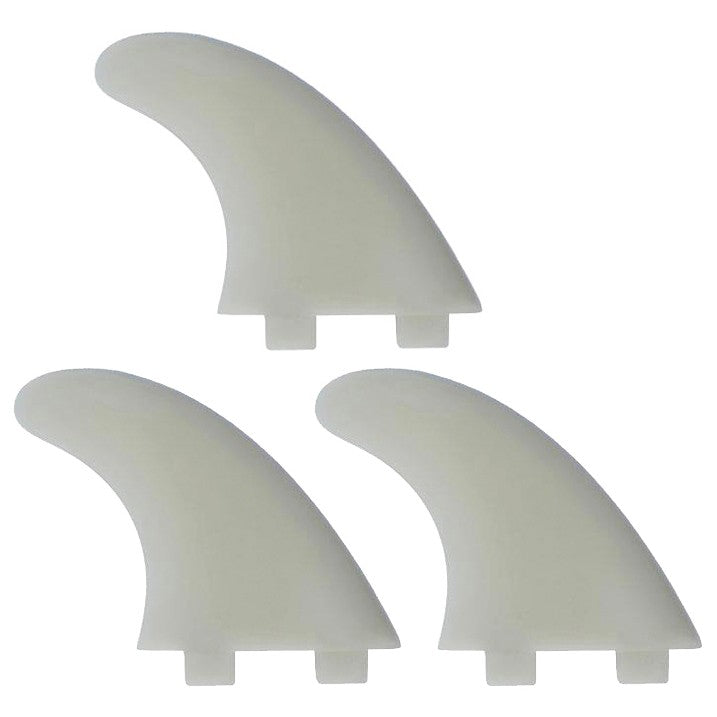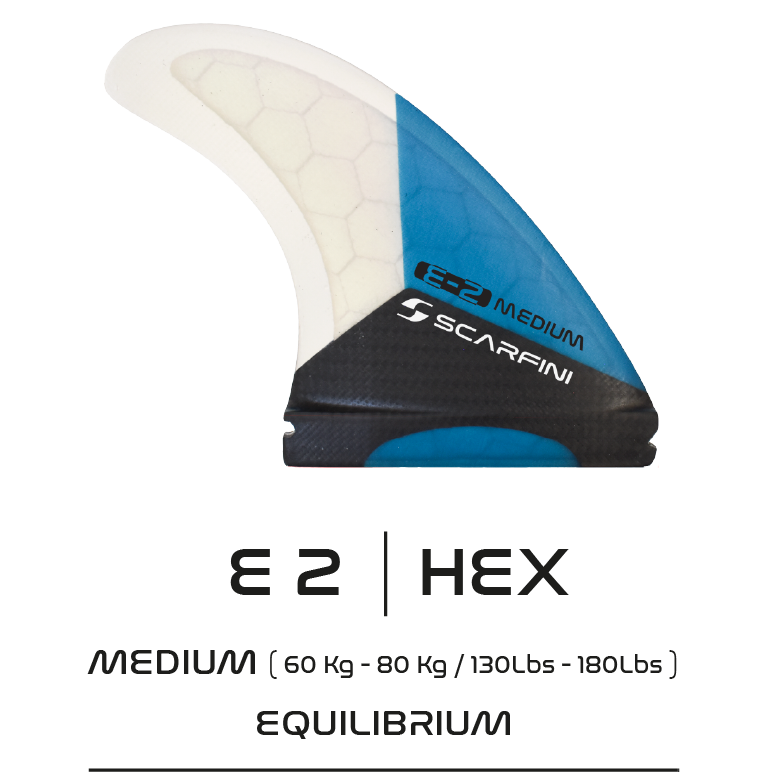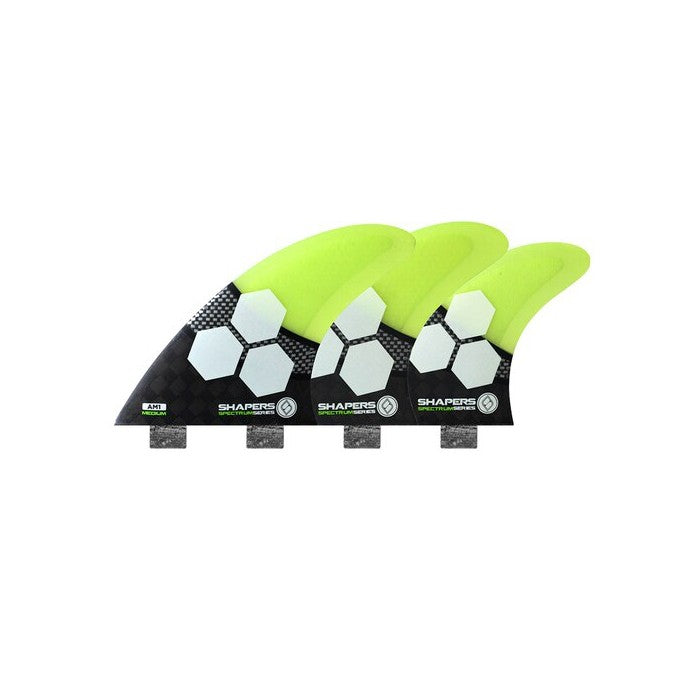First of all, what are the drifts for?
Your fins are essential to steering your board and preventing it from skidding in the wave. These are going to be a bit like the rudder of your boat. The choice of your fins is essential to your progress and the style of surfing in which you wish to perform. Fins that are too large will make the board difficult to maneuver because they are too stiff, whereas fins that are too small will make it difficult to control because it will skid on the wave surface.
What are the different fin systems and combinations?
You have already heard of single drifts, twin , thruster or quad for different riding styles. Indeed, each of these variations of fins will be used in different conditions and/or for different styles of surfing and boards:
THE Single Fin (a single fin) will often be used for longboards or boards from 7 feet and above for a more traditional glide and softer curves. The single fin can be supplemented if necessary by 2 small side fins for a combination often called "2+1" with 1 single fin in the center and 2 small side fins.
THE Twin , very fashionable in recent years, the twin fin system (2 fins) allows you to draw fluid and strong curves, retains a certain grip but allows you to surf quickly and fluidly. We use twin fins on fish or medium-sized boards (mid length between 6'6 and 7 feet for example)
THE Thruster , (3 fins) is the most popular and widespread system because it easily adapts to many conditions and styles of surfing and boards. Perfect combo to start surfing too, providing grip but not too much and allowing you to pivot with ease. This system combines maneuverability and control, it is favored on most shortboards.
THE Quad , (4 fins) is a more aggressive fin system, particularly in hollow waves to ensure maximum grip in critical conditions. Often used for big hollow wave shortboards or gun type boards for huge waves.
Once you know everything about the possible combinations of fins, you will often have to choose your fins according to the type of box on your board.
The boards in single generally has a central box says "US Box" which is a long box with a rail to slide your single fin into and then screw it on. Easy, effective, with no alternative except the brand of the US Box box but it generally has no impact on the operation of the fin and its installation.
On the other hand, for Twin, Side, Thruster and Quad fins, you will have to choose according to the boxes present on your board: F CS™ or FUTURES™
The difference between these two fin systems will be based on their attachment/boxes present in the board. When you buy a board the cases are generally FCS™1 or FCS™2 or Futures™ cases.
The FCS™1 fins will have two fixing points (and 2 screws per fin) while the Futures™ will only have one (and therefore only 1 screw per fin). Fins with an FCS™1 system have 2 screws per fin box with 2 notches per fin. The FCS™2 fins also have a double notch system but you just have to press hard to 'clip' the fin into its housing (no screws necessary)
The Futures™ fins have only one screw per case, allow you to screw and lock the fin in its case, you tilt the fin into its housing, just 1 screw and that's it. Simple and efficient.
The fin boxes on your board always have a logo telling you what type of fins they accommodate: FCS or FCS2 logo, or ƒ logo (Futures)
For FCS™1 and Futures™ fins there is no need to buy the FCS or Futures™ brand because many manufacturers now offer fins compatible with FCS™1 and Futures™ boxes which are mounted on the boards. On the other hand, for the FCS™2 fins the patent for the system allowing the fins to be clipped in without screwing is recent and only the FCS™ brand currently supplies FCS™2 fins compatible with FCS™2 boxes.
How to choose the right size for your fins?
This will mainly depend on your size but also on the waves and the board you are using. You will often have to choose between sizes S, M or L when it comes to thruster or quad fin sets. Then, you will find sizes in inches for single fins.
Guide to choosing the right fin at the right size here is a little guide to get your bearings:
-
Size S for sizes between 50 and 70 kilos
-
Size M for sizes between 65 and 80 kilos
-
Size L for sizes between 75 and 90 kilos
This guide is a general guide for information purposes but of course, according to each surfer the choice of fin size may vary depending on what they want to do with their surfing. Some of them will choose larger or smaller fins depending on their board or their preferences.
What are the different materials used for fins, what are their specificities?
Entry level or beginners: Fins in plastic or recycled composite will often be those offered by default (free) with the purchase of your boards because they are less expensive to manufacture. Although effective for the first surf sessions, these fins provide more flexibility (often too much) and reduced grip and reactivity which is not ideal for progressing afterwards. “Eco” fins are available in recycled plastic.
Mid-range and high-end: The drifts in fiberglass . it is one of the most used materials for the construction of fins. These fins are strong, light, rigid and adapt to any type of surfing. Some have carbon reinforcements for greater lightness and increased rigidity. “Eco” fins exist in fiberglass + hemp and/or wood, bamboo or cork.
You now know everything about drifts! Stay at make your choice here .




